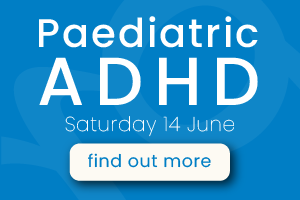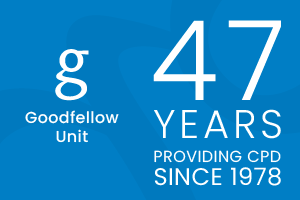The autonomic nervous system (ANS) can sense safety and risk, is always on guard and “asks” the question, “is this safe?”. It continuously listens to what’s happening in and around our bodies and our connections with others. It does this without involving the thinking parts of our brains, so we can jump out of the way when physical danger looms.
The ANS has two pathways: the sympathetic, which fuels our flight-or-flight responses, and the para-sympathetic, which goes through the vagus nerve. The ventral vagus (the newer part that helps make us human) supports feeling safely engaged and socially connected (connecting our eyes, ears, larynx etc.). The dorsal vagus (the older part) takes us out of connection and awareness and into a protective state of collapse, e.g. low mood and fatigue. Stephen Porges and Deb Dana explain how an understanding of Polyvagal Theory can be used in everyday clinical practice.1

